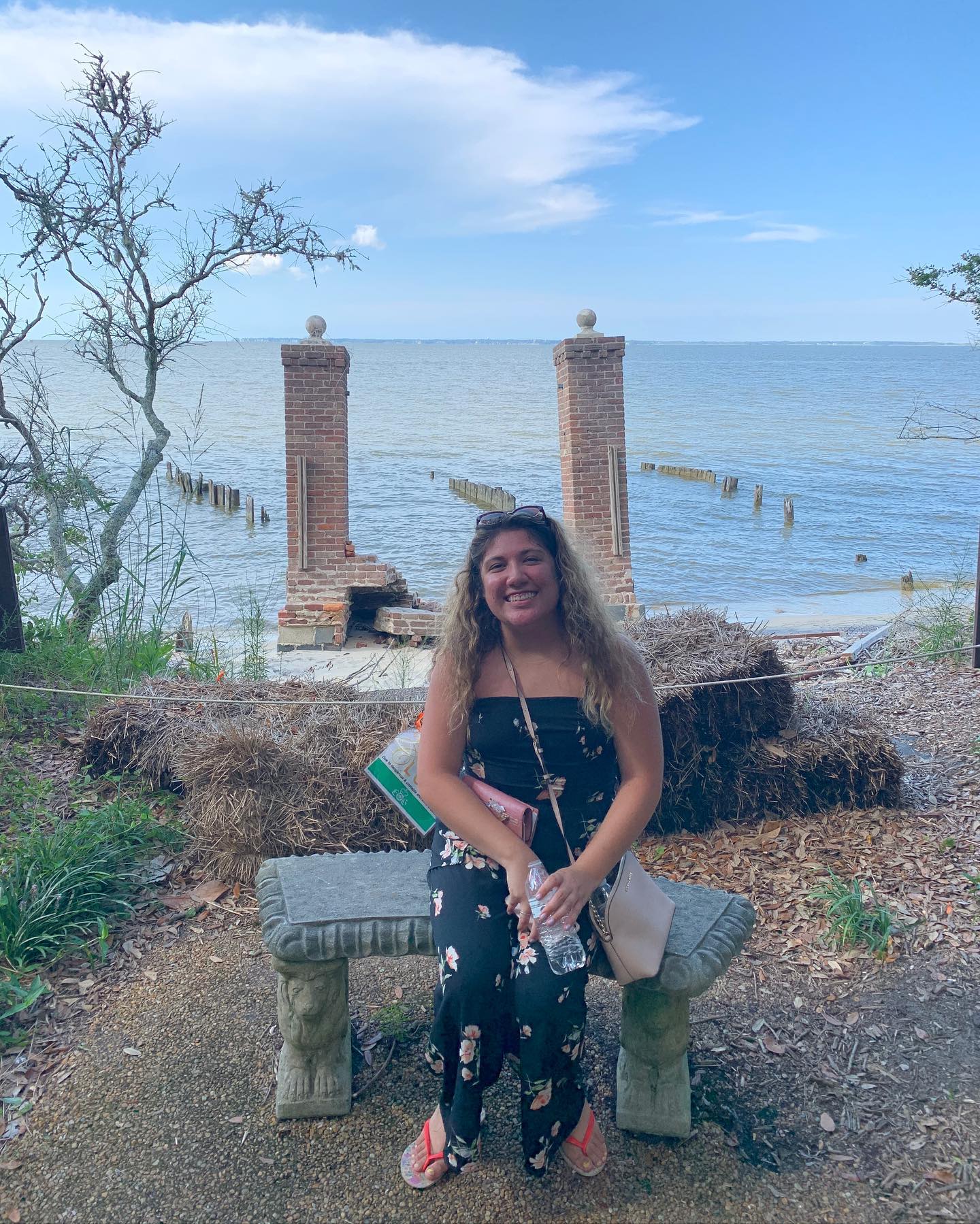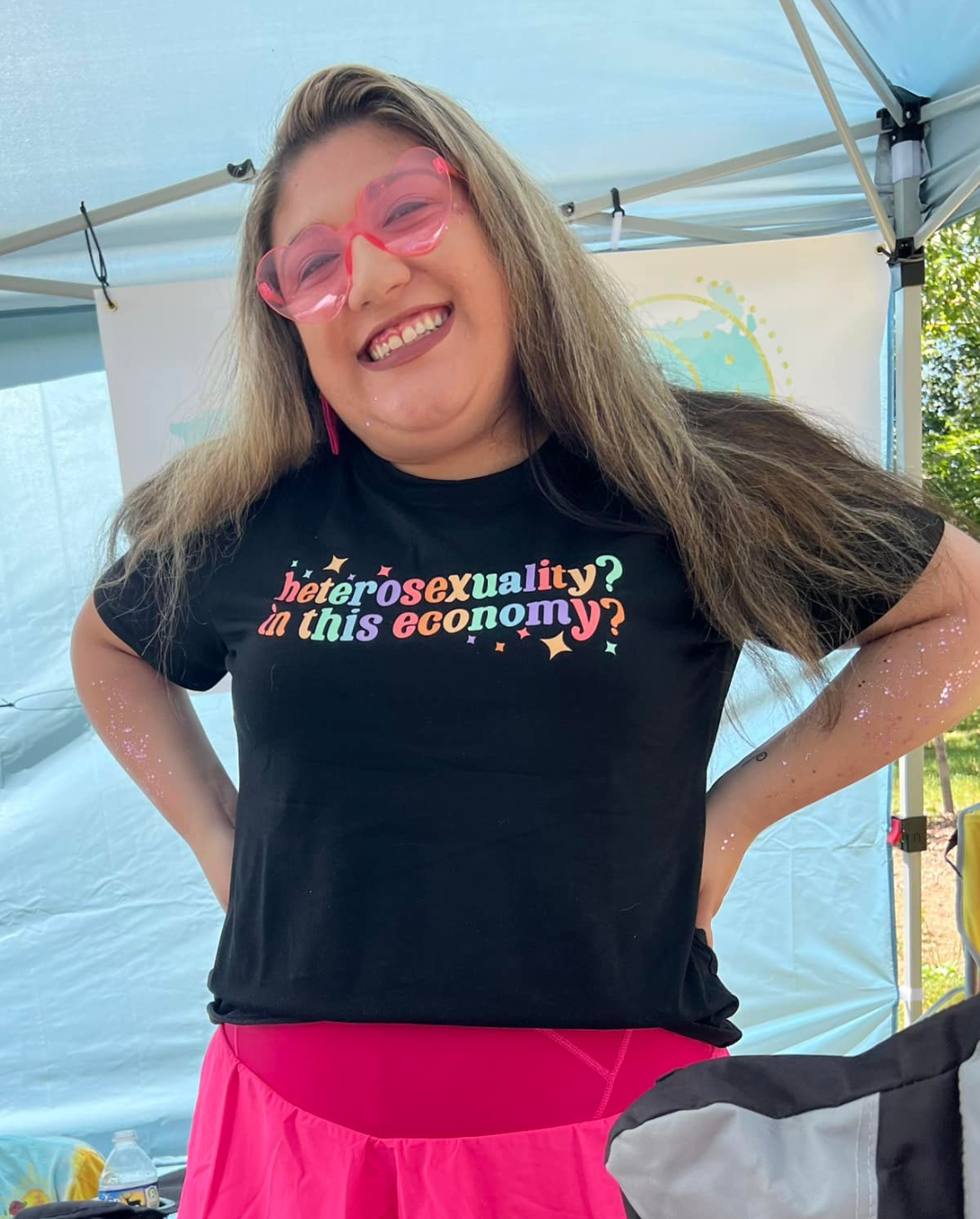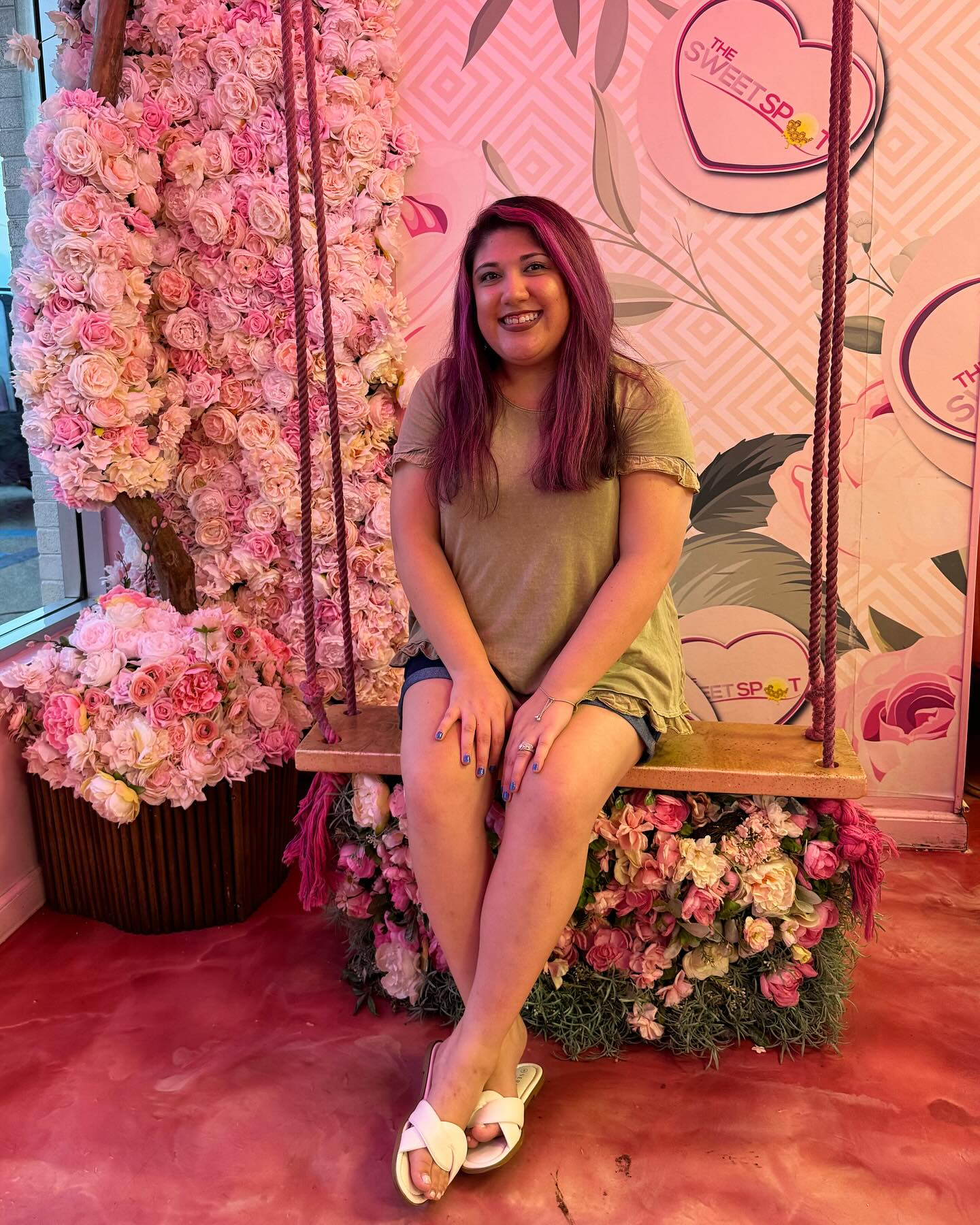Brooke Velozo Our September Clinician Spotlight
Have you ever wondered what inspires a person to become a therapist? Many people think it’s a straightforward path, but the journey is often filled with unexpected turns. For Brooke Velozo, LPC, it all began with a fascination with the human brain in a high school psychology class. This initial spark led her to explore the complexities of how both our biology and our environment shape who we are, a journey that has evolved from studying human development and family sciences to becoming a licensed therapist on the path to creating her own practice.
(Don’t worry, Brooke is also staying at Phases as a clinician!)



Q: What inspired you to become a therapist, and how has your journey in the field evolved so far?
A: I’ve always been interested in how the brain works! I had a great AP Psychology teacher in high school and found the material interesting as well as easy for me to understand and absorb. From my interest in psychology in high school, I decided to be a clinical neuroscience major upon entering college and planned to go to medical school. After my first semester of college, I changed my major to human development and family sciences when I realized that I was much more interested in learning about both nature and nurture. Through this new degree change, I was able to focus more on people, relationships, and development across the lifespan and how that affects mental health. Right after graduation, I started graduate school for my master’s degree in clinical mental health counseling and have been able to work with a variety of people in diverse fields which I believe both my degrees really prepared me for. I’ve worked in community based mental health in rural Appalachia, school-based treatment, inpatient treatment, and now work in group private practice and hope to one day open my own private practice.
Q: What has been one of the most rewarding aspects of your work with clients, and how do you navigate challenges in therapy?
A: One of the most rewarding aspects of my work with clients is witnessing their growth and healing. I’m grateful every day to be able to see my clients realize they are capable of change and reclaiming their power. I also take pride in the opportunity to help people understand themselves better and to create a non-judgmental, warm, calm, and safe space for clients to feel fully heard, valued, and supported. As a clinician, I prioritize understanding the client’s perspective, collaborating on solutions, and maintaining a safe, empathetic space where they feel heard and empowered when navigating challenges in therapy.
Q: Can you describe a specific area or approach in therapy that you are passionate about or currently focusing on in your practice?
A: I specialize in trauma, particularly childhood and relational trauma. I’m passionate about utilizing bottom-up approaches to therapy especially when healing trauma. This means focusing on healing physical sensations, feelings, the body’s automatic responses, regulating the nervous system, and integrating both the body and brain. Some of the bottom-up approaches to therapy that I currently focus on using a- re EMDR, internal family systems, and somatic experiencing. I believe an essential part of healing is focusing on the whole person. That’s why it’s important to focus on the impact of trauma on the mind, body, and spirit and by calming the nervous system it allows for a foundation of safety which supports emotional regulation.
Q: What’s your favorite therapy fun fact?
Your nervous system can hold onto traumatic experiences, which is why body-based healing methods like yoga, somatic therapy, or EMDR are so effective. It’s important to remember your brain and body are biologically wired for healing. Thanks to neuroplasticity, your brain can form new neural pathways. This means healing is always possible, even after deep pain. There are also many ways to find healing. Healing can often happen in connection, not isolation. Feeling seen, heard, and accepted by others helps regulate your nervous system. You can also find healing within yourself by practicing self-compassion. When you show yourself kindness, your body releases oxytocin, a hormone that calms stress and promotes connection and safety. The way you speak to yourself lights up the same brain areas as if someone else were saying those words to you. So, speak kindly to yourself because your brain listens.
Interested in working with Brooke? Hit the “Contact Us” tab on the homepage to send us a message.
